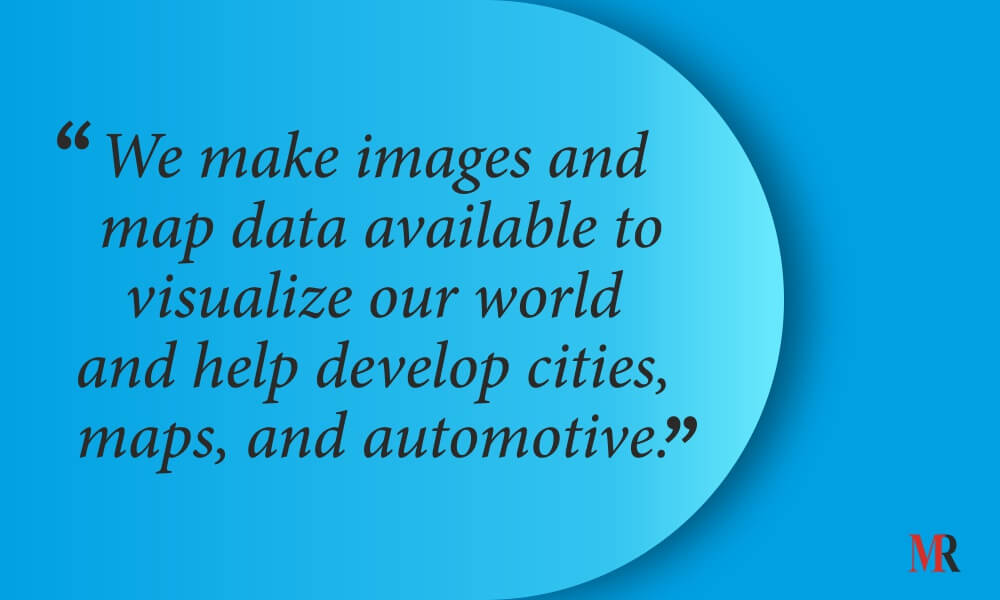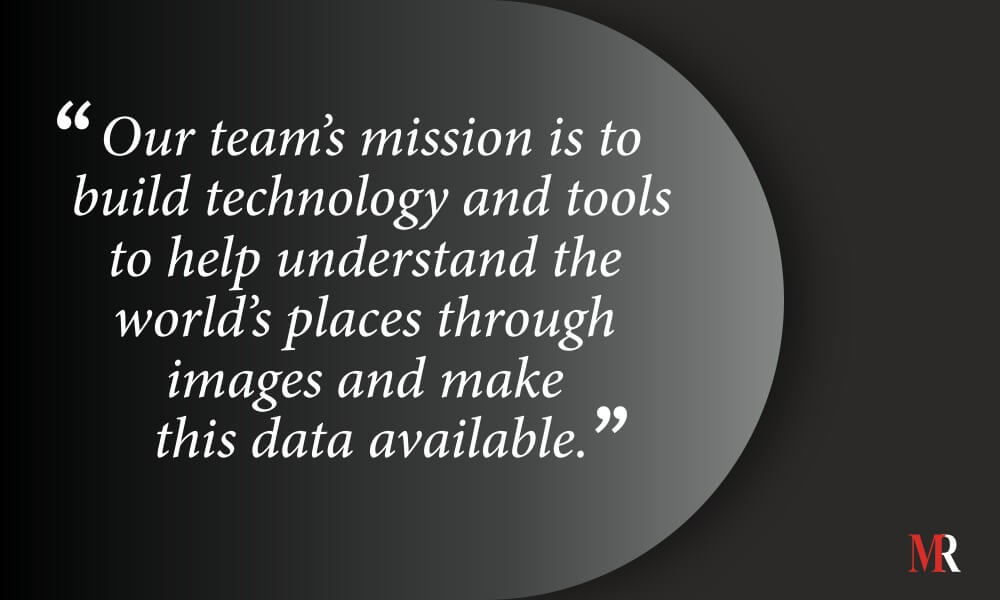Artificial Intelligence (AI) is a suite of technologies capable of learning, thinking, adjusting, and performing various tasks in ways that is inspired by the human mind. Moreover, they come with advanced technologies like cloud computing, big data, machine learning, IoT etc. Such cutting-edge technologies are attracting today’s organizations and encouraging them to implement AI in their organizations. AI-powered with maps will enable users to pan over a city street and see pop-ups highlighting restaurants and other locations in real time. Along with that, many areas across the globe have not yet been mapped. This problem creates many roadblocks for creating digital maps, particularly for systems developed for autonomous vehicles. To solve this issue, Malmö, Sweden based Mapillary provides street-level imagery platform that utilizes computer vision to fix the world’s maps with the help of AI.
Street-Level Imagery Platform for Everyone
Mapillary’s aim is to develop new technology and tools which will help them understand the world’s locations through images and make this data available. Presently, people and establishments all over the globe have contributed hundreds of millions of pictures to Mapillary’s foundational mission. Furthermore, it is based on a collaborative paradigm, and individuals around the world have donated more than 450 million images to this platform. It is known that the process of updating maps using traditional methods is very slow and expensive; therefore, the team of Mapillary have developed a street-level imagery platform which allows everyone to plot what is vital to them by capturing images.
Along with that, it also provides various capturing modes that includes walking, riding (either a bike or car), or panorama. According to the organization, the local knowledge is almost invincible, and folks know what really matters in capturing a photo. Street-level images can be uploaded by anyone from anywhere. Furthermore, these uploaded images will be automatically analyzed by the computer vision which is a form of AI. The pictures which are allotted to this computer vision detect map data such as traffic signs, fire hydrants, utility poles, and many more objects on the street, at scale. Likewise, it is not knotted with any particular mapping platform.
Pioneering Aids Enfranchising Clients
Mapillary’s collection of information is used for a variety of different purposes. The three main client divisions of the company are the automotive industry, mapmakers, and GIS professionals in both the public and private sector which scopes from cities to utility providers. Furthermore, the mapmakers utilize Mapillary for crowding their maps with latest information. Using Mapillary, carmakers coach their autonomous systems to see and understand their environments. Likewise, metropolises and utility providers use it for recording of street assets. Their clients scale from mapping organizations like HERE and Mapbox, to car organizations like Toyota and AID which is an Audi’s self-driving arm. What’s more, the urban communities extended from capitals like Amsterdam to residential areas like Clovis in New Mexico, USA utilize its services. The Malmö- based company also permits any person from anyplace, with any camera, to catch road level symbolism and gets it examined at its scale by utilizing the computer vision. This mechanism aids organization to develop entirely neutral and collaborative platform which is available to anyone to upload their pictures. By advancing and developing their platform, it can ensure that the individuals and organizations can come back to Mapillary for improving their maps at scale.
 The Machinist behind Mapillary
The Machinist behind Mapillary
The Co-founder and CEO, Jan Erik Solem established Mapillary to make images and data available to improve cities, create safer transportation, and build the maps of the future. Previously, he has worked as an Associate Professor at Lund University and has also carried out research in applied mathematics and computer vision. Under Jan Erik’s leadership, Mapillary is speedily growing in this highly competitive landscape as well as working in a distributed model across the globe.
 Mapillary’s Dream Team
Mapillary’s Dream Team
Due to its distributed structure, the company hires best of the best individuals across the world and today have 50+ professionals located across eight different time zones. Trust is a main factor when it comes to shouldering responsibilities, staying relevant, and giving excellent outcomes time after time. Calculated over the five years, Mapillary’s staff retaintion rate lingers around 97%. Thus, such an impressive figure shows that Mapillary is a remarkable example for a technology startup company. Furthermore, it also allows flexible working hours for its employees. Mapillary offers the freedom to its team to work from anywhere they want, whether working from their own house office or a co-working space. The leading tech start-up company has embraced this method in order to improve its employees’ wellness as well as providing them a healthy work-life balance. In addition to this, it has also assigned a wellness financial plan for its employees, which can be used for numerous activities such as gym memberships, swimming lessons, and relaxing spas & massages. Also, Mapillary has a slack channel named as Wellness which teams across the company can utilize it for sharing tips and deliberating anything.
 Mapillary’s New Steps towards HD Maps
Mapillary’s New Steps towards HD Maps
For the future development, Jan Erik led company has partnered with leading companies such as Esri, Roadroid, WSP, Humanitarian OpenStreetMap Team, YouthMappers, AlantGeo, etc. The team of Mapillary has also introduced Map Features, where they provide 186 million features like utility poles, street lights, and mailboxes onto the universal map using nothing but street-level images and computer vision. Likewise, Map Features has been able to detect about 1,500 different types of traffic signs for some time onto the global map by sensing them in images through computer vision. With assistance from Map Features, Mapillary can perform the same procedure for another 42 different object classes. This is an important step towards HD maps, the hyper – detailed type of map which autonomous vehicles require for functioning properly.





